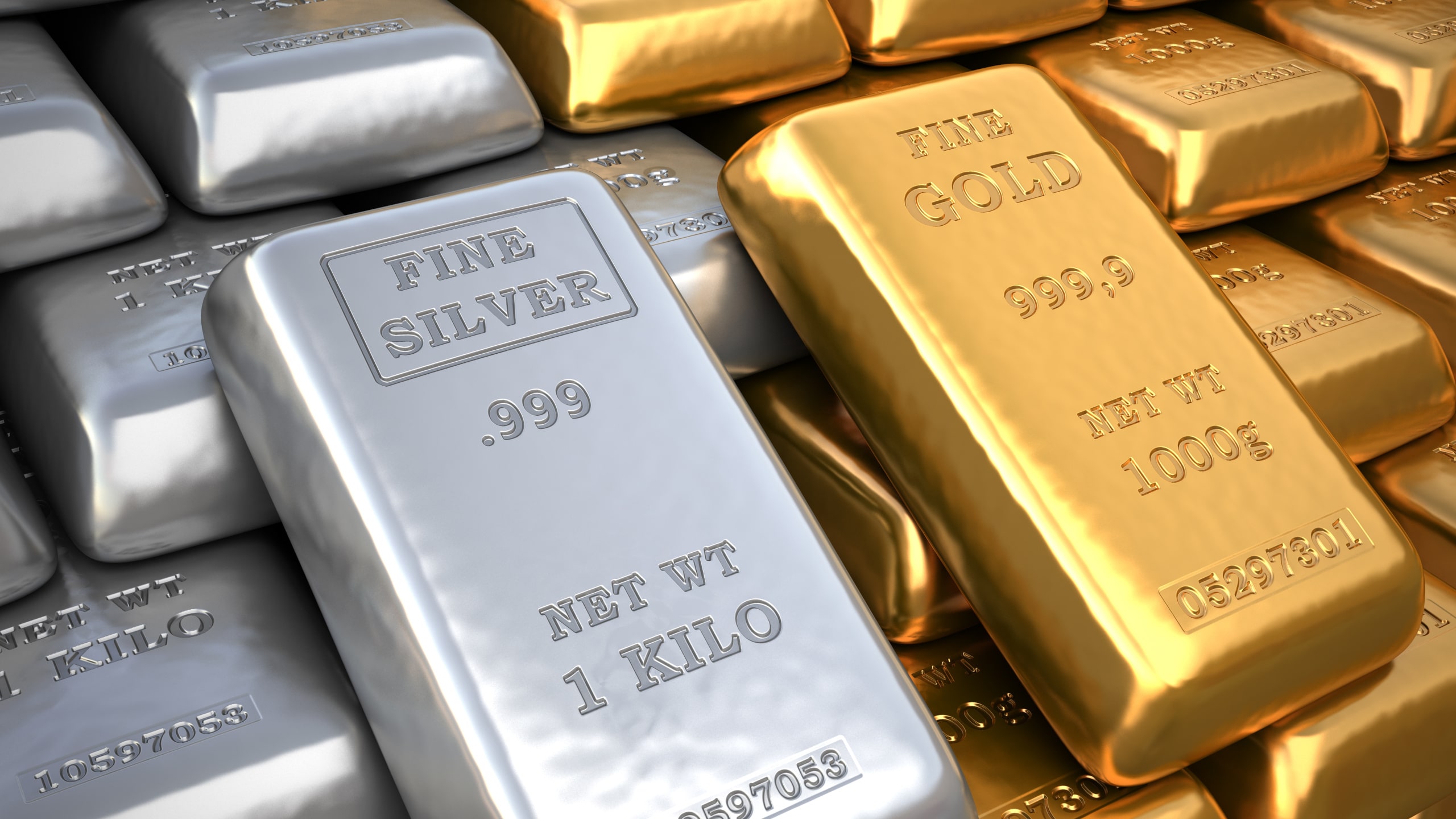Bullion is often loosely used to describe any gold, silver, platinum, or palladium item. While technically incorrect to use the term this way, it does help casual investors identify numismatic coins and what they are not.
This article will focus on bars and coins offered by private mints and dealers like Indigo Precious Metals, instead of sovereign mints, which are government-owned facilities. The type of precious metals investor you are should determine which product best fits your needs. Unfortunately, many dealers sell whatever precious metal commodities they have in stock without regard for their customers’ investment goals.

Here is a list of the various types of bullion to help you decide which bullion would be best for your next investment.
Bullion-grade coins.
Bullion coins are graded by independent certification companies such as PCGS and NGC. The highest grade for uncirculated bullion coins is MS-70. When buying a proof coin specially struck using a polished die to give it a mirror-like appearance, you should expect the proof coin to be graded at the top end of the scale; PF-69 or better.
Bullion coins come in tubes containing 20, ($250 face value per tube), monster boxes containing 500 ($25,000 face value per box) and even 1,000 ($100,000 face value per box). They can also come packaged in sheets.
A sheet typically contains four mini coins, each with a $5 face value. Each coin contains one troy ounce of .999-fine silver. Individual coins can be taken out and put back into the sheet to facilitate stacking or storage of the product. The mint marks are often on the obverse side of bullion coins, but this is not always true.
Bullion-grade bars and rounds.
Bullion bars and rounds typically come in two grades: ungraded (UG) and proof-like (PL). UG products usually consist of bars made by smaller private mints with little investment in metal fabrication machinery, resulting in sub-par quality control standards; their appearance generally does not meet industry standards.
PL products are produced at larger facilities that invest in tooling for high production rates and metal quality control. The difference between a UG and PL bar is not always readily discernible to the average investor. Investors need to know that it takes a keen eye and years of experience to spot a UG or PL product.
Bullion bars come in a wide variety of sizes, from smaller 1-ounce (.999 fine) bars that can fit into a small pocket to 100-ounce bars weighing 100 troy ounces each ($100,000 face value). They also come in 1 kilo (32.15 ounces), 10 oz., 5 oz., 2 oz., half-ounce, quarter-ounce, and even one-tenth-ounce sizes.
Why buy uncirculated coins instead of bars?
There are several reasons to buy precious metal coins over bullion bars. First, the coin’s intrinsic value is often much higher than the spot (market) value due to various premiums added by the mint that produced it.
Second, many buyers like collecting coins for their aesthetic appeal and prefer not to handle bars with sharp edges. Coins are preferred for their interesting designs and are thus more in demand.
Third, coins can be easily stored; they take up less space than 100-ounce bars, especially when placed in protective plastic sleeves or coin albums available at most coin shops or online dealers.
Finally, proof-like coins tend to hold their value better than ungraded products due to limited supply and demand factors and lower premiums, allowing investors to make a better return on their investment.
Why buy uncirculated coins instead of certified coins?
One can purchase uncirculated coins with peace of mind knowing that they meet the highest physical appearance and purity standards. Still, one must also consider the dealer’s experience and third-party certification as most dealers like Indigo Precious Metalls do not buy or sell bullion products without such credentials.
Without the proper knowledge about numismatics (coin collecting), it may be difficult to spot an exceptional deal on a certified coin product, especially if you buy from a large online dealer. It is best to study the market and these investment products before you make your next investment decision.
Leave a Reply